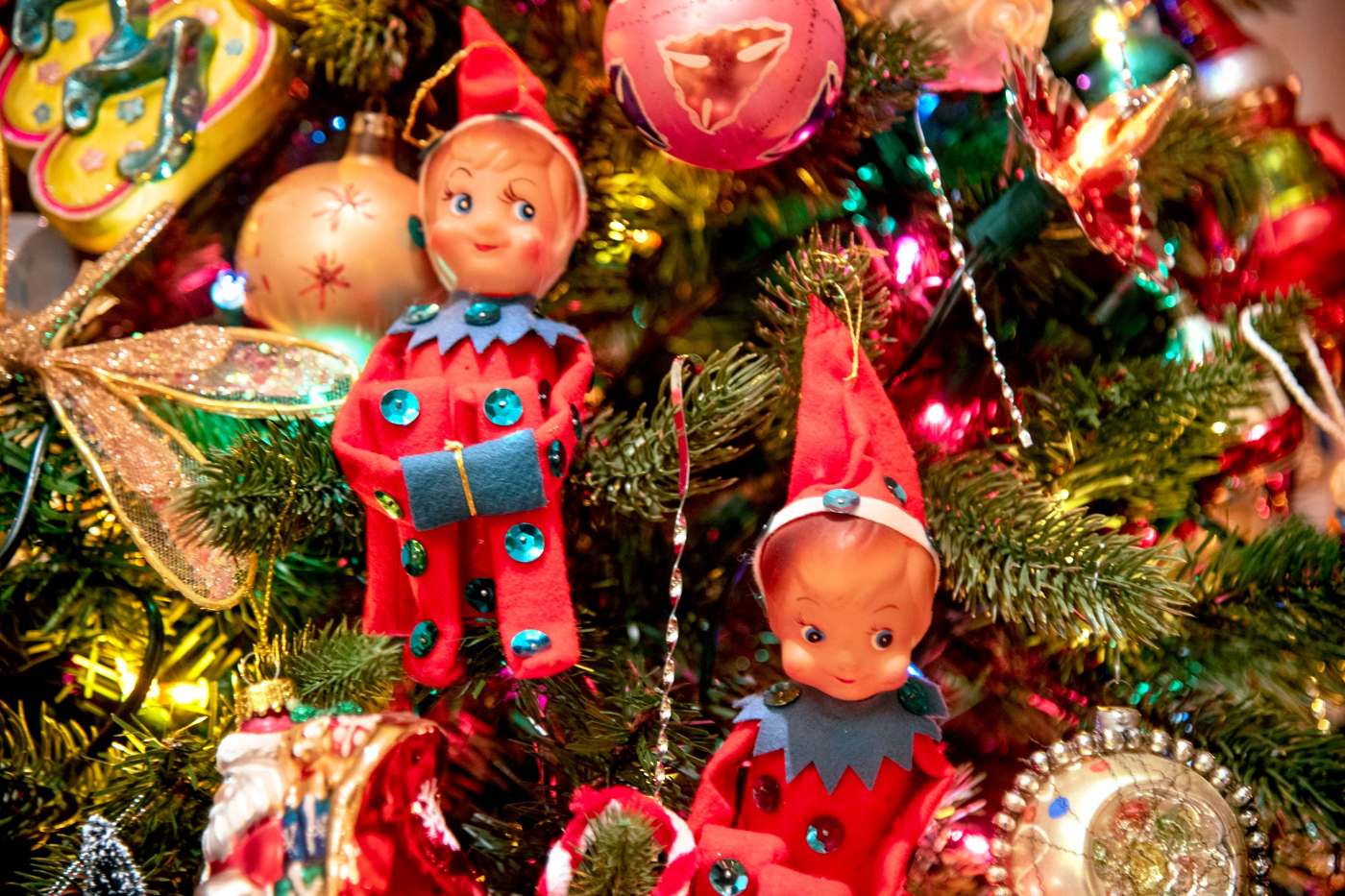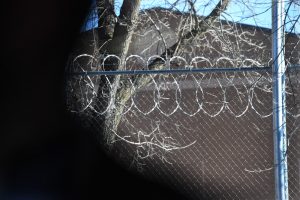
Make sure your Christmas tree is healthy, hydrated, and not a fire hazard with these expert tips
PHILADELPHIA — As the trend of buying Christmas trees earlier becomes more common, whether because of post-Thanksgiving holiday spirit or tree supply shortages rewarding the early bird, taking better care of your home Christmas tree becomes more crucial.
This year, local farmers said that Thanksgiving weekend was the busiest sales time of the season, with some growers even closing up shop before December. National trade associations have again urged shoppers to buy trees earlier for the best options due to the persistent stunting of tree growth and supply since 2016. This means for many households, Christmas trees are residing indoors for longer periods, which can lead to headaches and health hazards.
Joshua Malik, owner of Lehigh Valley-based Joshua Tree Experts, works to educate people on tree care and safety, especially around winter holidays. He said that there are simple steps to take each day that protect your tree and avoid fire risks.
“I wouldn’t keep a tree indoors more than four to six weeks. That’s when you’re going to start seeing a lot of needles drop, and that’s a clear indication that the tree is drying out and becoming more of a hazard.” Malik said. “Christmas is all about fireplaces, candles, holiday parties, and those are stressors when it comes to tree safety. After that six-week period, it’s time to get it out of the house.”
According to the National Fire Protection Association, a little more than 150 house fires are attributed to Christmas trees each year. Two years ago, a Christmas tree caused the Fairmount house fire that claimed the lives of 12 people.
Here are some helpful Christmas tree care and safety tips to follow this holiday season.
The cut bottoms of Christmas trees lay on ground at Yeager’s Farm in Phoenixville, Pennsylvania. Cutting the bottom allows the tree to absorb water more easily and rid it of hardened sap. (Heather Khalifa/The Philadelphia Inquirer/TNS)
Christmas tree care
The most important thing your Christmas tree needs is water. According to Malik, a 6-foot Christmas tree can absorb a half gallon of water per day.
Pro tip: Get a tree stand that is capable of holding water. Malik sets up his 9-foot tree with a tree stand that can hold two gallons of water, using a Christmas tree watering funnel for easy water refills.
“If you put a Christmas tree on something like a wooden peg stand with a drilled hole in the bottom of the tree, that tree’s going to dry out really quick,” Malik said. “It’s going to be a pain in the butt because you’re gonna be picking up needles maybe two or three times a day.”
It’s also very important to make sure the tree stand fits the tree. Malik said coming home to a tree crashed over in the living room can put a damper the Christmas spirit.
Check and replenish your Christmas tree’s water each day.
Pro tip: Cut an extra half-inch to an inch off the trunk; the fresh cut will help the tree better absorb water.
If the tree is well-watered, the next crucial step is to make sure it’s not in direct sunlight or near heat sources. Malik said that a Christmas tree cools off through its needles. “The closer the tree is to fireplaces, heating vents, radiator heaters, the more moisture it will lose and need more water,” he said.
Pro tip: Keep your Christmas tree at least 3 feet away from windows with lots of light shining in.
Christmas tree fire safety
A Christmas tree can engulf in flames in mere seconds from being ignited, according to Pennsylvania-based Erie Insurance. An experiment found that after one minute, a Christmas tree fire can burn down an entire room.
Pro tip: Keep your Christmas tree at a minimum of 5 feet away from candles, fireplaces, heating vents, radiators, and sources of electricity. The farther away from these heat and electricity sources the better, even go 10 feet for more safety, said Malik. There should never be loose branches touching electrical outlets, cords, or appliances.
Decorate safely. Another huge hazard are the decorations and lighting used on an indoor Christmas tree. Malik said to make sure that you’re hanging lights that are intended for indoor use (look for low-power LED lights over incandescent lights that burn hotter), that no cords or wires are frayed, and to never overload an outlet with multiple plugs, extension cords, or power strips.
Pro tip: Turn off electrical decorations and lighting at night when you’re sleeping or away from the house during the day.
Malik said regardless of Christmas tree mishaps, every home should already have a fire extinguisher on hand.
When the holiday is all said and done, don’t hesitate to dispose of your tree. Malik said there’s no right or wrong way to do it, whether you put it out with curbside garbage or find a tree-recycling program, but it needs to be out of the house after six weeks.
©2023 The Philadelphia Inquirer, LLC. Visit at inquirer.com. Distributed by Tribune Content Agency, LLC.


